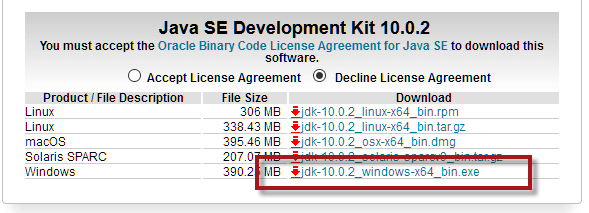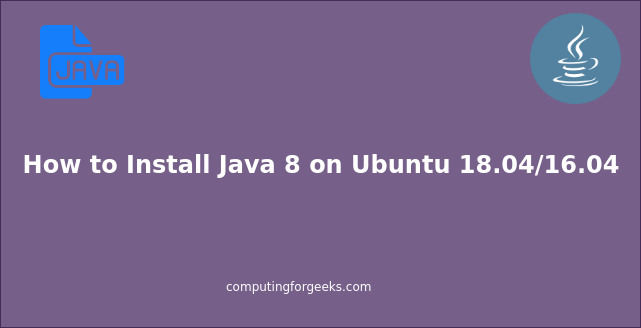



Specifies the path and file name of the Java Usage Tracker properties file. Performs a static installation (see "Static Installation"). JREs above the security baseline will not be uninstalled. Using REMOVEOUTOFDATEJRES=1 removes all out-of-date Java versions from the system.įor example, running jre1.8.0_60.exe /s REMOVEOUTOFDATEJRES=1 will remove all JREs below the security baseline. Using REMOVEOUTOFDATEJRES=0 leaves all out-of-date Java versions on the system. Note: Applicable to online and offline installers only (files and wrappers).Įnables uninstallation of existing out-of-date JREs during JRE install. However, in most cases, the installer does not need to restart your computer after installing the JDK or JRE. If disabled, prompts you to restart your computer after installing the JDK or JRE. Specifies that the installer installs the JDK or JRE without setting up Java start-up items. When specifying this option, you must also specify which folder where the JDK is installed with the INSTALLDIR option. When installing the JDK, this option specifies the folder where the public JRE is installed. Linux and Solaris use operating system tools for this purpose and installation directory relocation will be handled by operating system tools (for example: rpm -prefix=path) For Windows, this will only work for first time install of a family. Specifies the folder/directory into which the files are installed. Performs a silent (non-interactive) installation. Prompts the user to accept the end-user licenseĪgreement (EULA) if a Java applet or Java Web Start application is launched. See Deployment Rule Set in the Java Platform, Standard Edition Deployment Guide. Specifies the path and file name of your organization's deployment rule set. Table 20-1 Configuration File Options Option


 0 kommentar(er)
0 kommentar(er)
